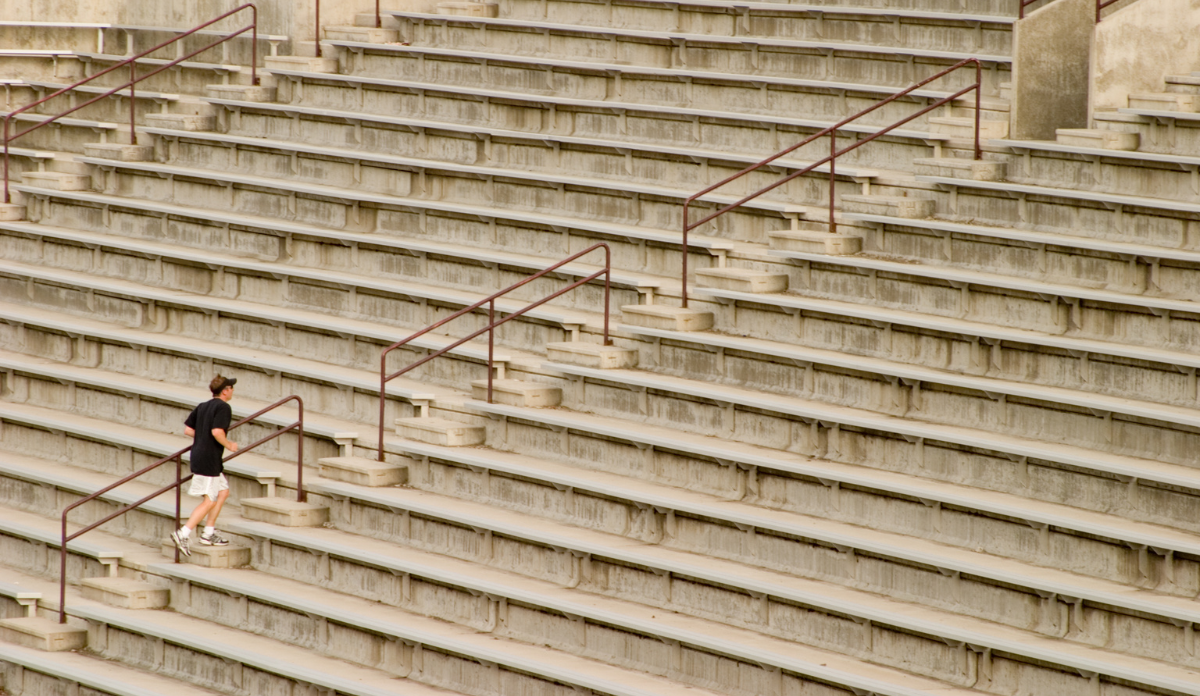Chronic diseases – heart disease, diabetes, cancer – are the leading causes of death and disability in the U.S. They also became more common as people grow older. So as Americans age and older adults make up a greater portion of population, chronic conditions will drive health care and economic costs during this period of demographic shifts.
John P. Ansah and Chi-Tsun Chiu estimated the oncoming avalanche of chronic conditions using data from the Health and Retirement Study, which followed more than 26,000 Americans aged 50+ every two years. The authors developed a model, splitting individuals into three health categories: no chronic conditions, one condition, and at least two conditions. They then estimated how Americans would move from category to category (i.e., from having no chronic conditions to having one).
Their model projected that the number of older adults from 2020 to 2050 would increase, by 61% for adults aged 50+ and 137% for adults aged 80+. In that time, chronic diseases would also increase. Adults aged 80+ saw the largest increase in having one or more chronic conditions. But the trend was visible even for younger ages. Among adults aged 50+, individuals with one chronic condition increased by 99%, and individuals with more than one increased by 91%.
Many chronic conditions, particularly cardiovascular and lung conditions, are preventable to some degree. One key prevention strategy is to reduce behaviors that lead to the metabolic changes associated with the development of chronic diseases. Health professionals can prepare their patients by advocating for changes in health behaviors now.
[S]tair use in particular may be a promising way to address and reduce chronic diseases among older Americans.
Physical inactivity is one such behavior: regular physical activity reduces the risk of acquiring chronic conditions and improves overall health. Unfortunately, maintaining the right level of physical activity is difficult for most people. More than 20% of adults and 80% of adolescents globally do not meet recommended levels of physical activity. Americans admit to substantial barriers to becoming more active, including a lack of time, knowledge, and resources to improve their activity levels.
One way to make it easier for more people to be active is to increase low-skill, accessible activities that require less time, like stair climbing. A study by Andrea Raisi et al. indicates that this simple action is an effective approach. Raisi and colleagues examined data from the UK Biobank, which recruited more than 500,000 participants and included a question that asked participants how many times a day they climbed a flight of stairs. The authors connected this question with medical records and followed these participants for an average of 10.9 years.
Increased stair use per day was associated with lower risk for 8 out of 9 chronic diseases. While greater stair use was associated with a 3% lower risk of cancer, it was linked to a 51% lower risk of the onset of chronic obstructive pulmonary disease. The authors saw a similar trend for mortality from chronic diseases: the more flights of stairs climbed, the lower the risk of dying.
Using stairs at all can reduce the risk of developing and dying from chronic diseases. It can improve overall health and contribute to balance and strength. In addition, stair use provides an accessible way for people to increase physical activity – it fits into most people’s lifestyle, is sustainable, and free of charge.
This can make stair use especially appealing for older adults. Health providers should encourage all forms of regular physical activity, but stair use in particular may be a promising way to address and reduce chronic diseases among older Americans.
Photo via Getty Images














